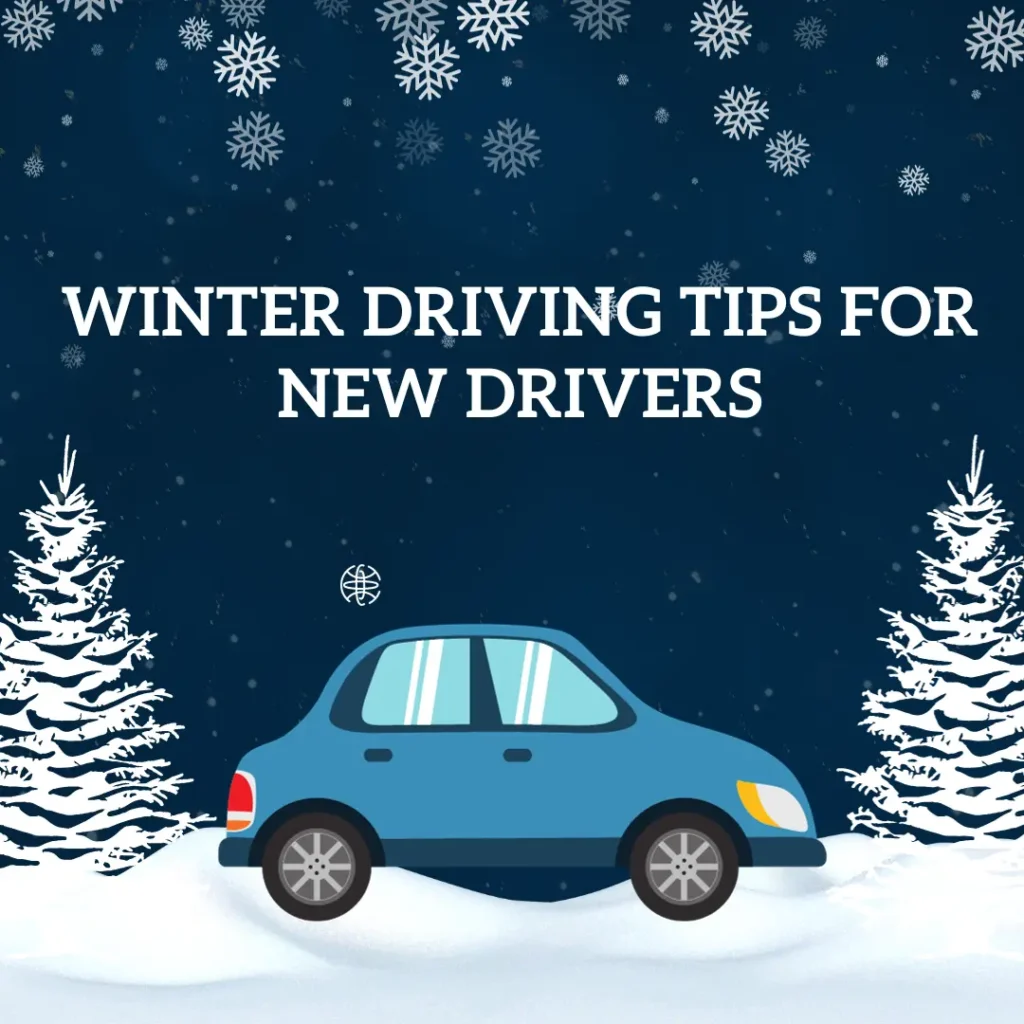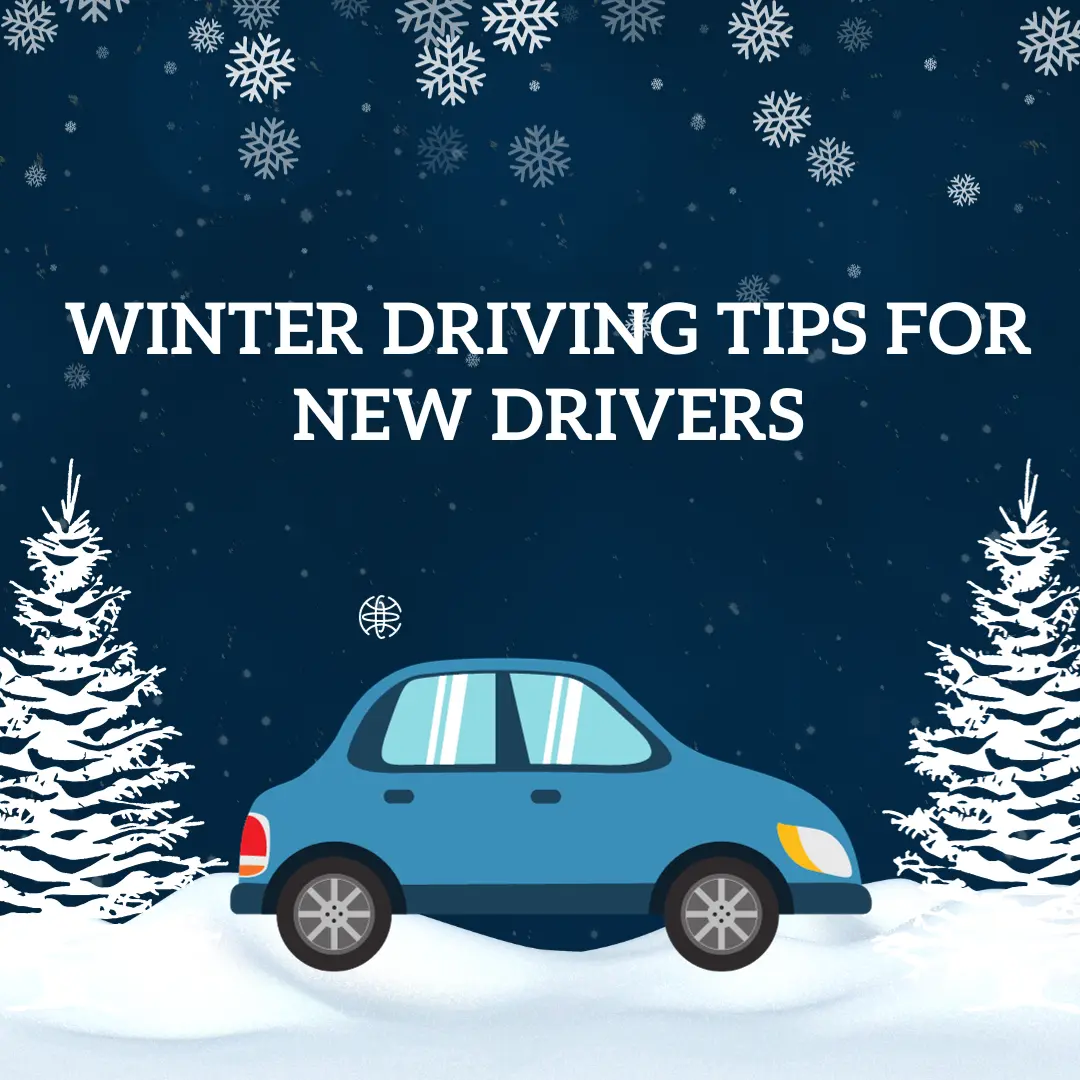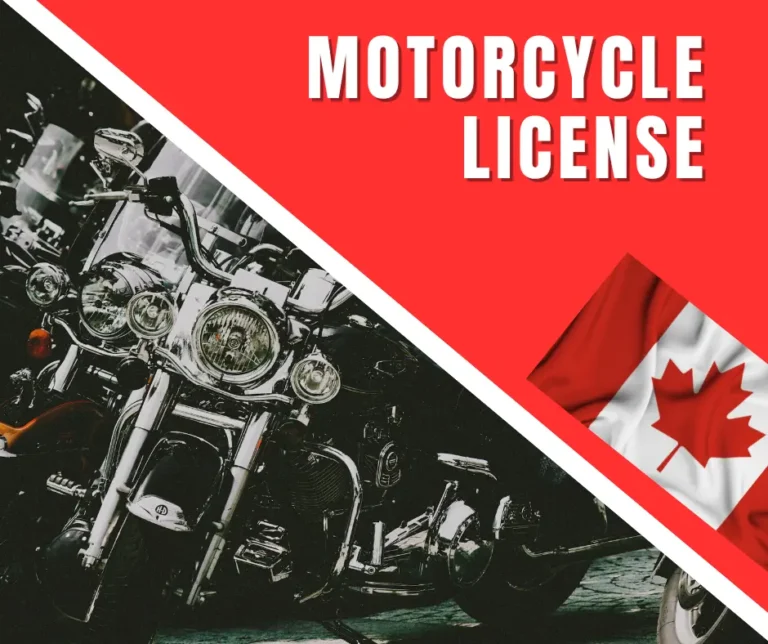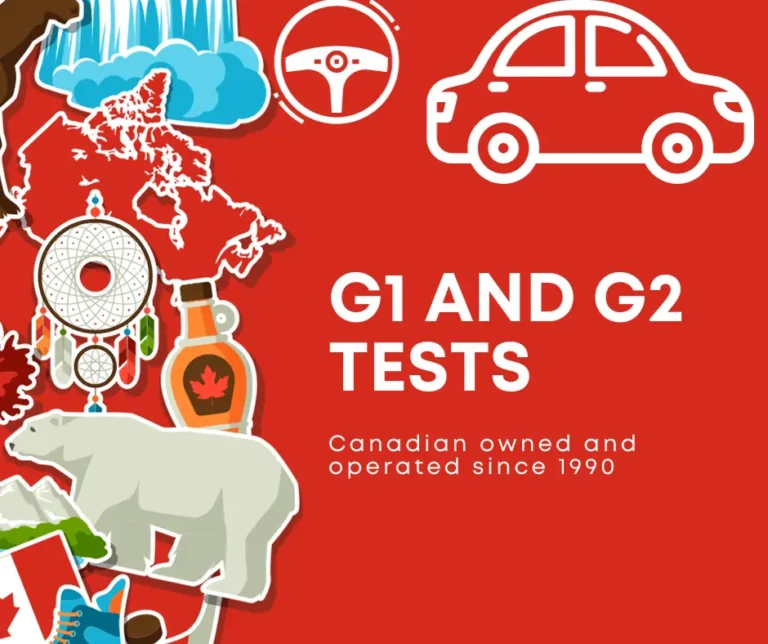Winter Driving Tips for New Drivers
Winter driving presents a distinctive set of challenges, particularly for novice drivers who may not yet be familiar with the intricacies and hazards associated with colder weather. As temperatures drop, the presence of snow, ice, and reduced visibility can transform roads into potentially treacherous environments.
To guarantee a safe and stress-free winter driving experience, it is crucial for new drivers to be well-prepared and adhere to essential tips specifically crafted to navigate through these demanding conditions. To ensure a safe and stress-free winter driving experience, new drivers should be well-prepared and follow essential tips designed to navigate through challenging conditions.
Winter Driving Tips in US and Canada:
1. Vehicle Preparation for Winter Driving:
Before going on the road, make sure your vehicle is winter-ready. Check your car tire tread and pressure, and consider switching to snow tires for enhanced traction. Make sure that all fluids are at the suggested levels that contain windshield washer fluid with antifreeze properties. Additionally, have your brakes, battery, and lights inspected to avoid breakdowns in harsh weather.
2. Slow down and increase the following distance:
Winter roads are often slippery, and stopping distances can be significantly longer. Navigating winter roads requires a heightened sense of caution and adaptability to unpredictable conditions. Slowing down and increasing your following distance becomes paramount as winter roads are notorious for their slipperiness, and the normal stopping distances may dramatically increase.
By decreasing your speed, you provide yourself with the crucial extra seconds needed to react to unexpected obstacles or sudden changes in road conditions. Expand your following distance to allow for extra braking time by reducing your vehicle speed. In addition to adjusting your speed and following distance, it’s essential to stay vigilant in your surroundings.

Winter weather can bring reduced visibility due to snowfall or fog. Remember, the goal is not only to reach your destination safely but also to contribute to overall road safety during challenging winter conditions. If you consider these precautions, you can not only protect yourself and your passengers but also promote a safer driving environment for everyone sharing the winter roads and it is a best tip for winter driving.
3. Use Proper Winter Driving Techniques:
Understanding how to drive in winter conditions is crucial. To avoid skidding, you must practice controlled braking, and if you start to slide, steer in the direction you want to go. Familiarize yourself with techniques such as pumping the brakes on icy surfaces or using a lower gear for better traction when climbing hills.
4. Clear all snow and ice during winter driving.
Before driving make sure that your whole vehicle is free of snow and ice. Clearing your vehicle of snow and ice before hitting the winter road is more than just a routine—it’s a vital safety measure. Start by addressing your windows, mirrors, and headlights, using an ice scraper or defrosting as needed. Full clarity is mandatory not only for your safety but also for other drivers on the road during winter driving.
Extend your clearing efforts to the hood, trunk, license plates, side panels, and wheel wells. While some areas may not directly impact visibility, maintaining a snow-free vehicle enhances overall safety. By taking these comprehensive steps, you’re not just ensuring your safety but actively contributing to a safer driving environment for everyone navigating winter roads. Remember, a clear and visible vehicle is a simple yet effective way to prevent accidents and promote safer winter driving conditions.
5. Keep a Winter Emergency Kit:
Prepare for unexpected situations by keeping a winter emergency kit in your vehicle. Include essentials such as a blanket, extra-warm clothing, non-perishable snacks, a flashlight, a first-aid kit, and a portable phone charger. In case of a breakdown, having these items can provide comfort and safety until help arrives. Every person does not appreciate the frigid temperatures; the prospect of sitting in a cold car as it warms up can set a negative tone before even starting the journey.
To counteract the chill, consider layering yourself with clothing before heading outside. This layered approach ensures warmth during the initial exposure to the cold, allowing you to gradually remove layers as the vehicle warms up. However, it’s essential to strike a balance, as overheating can lead to drowsiness behind the wheel.
While it might seem tempting to wear a hood while driving for extra warmth, it’s a clear no-no. Hoods can obstruct peripheral vision, making it challenging to check for blind spots. Instead, opt for a cozy winter hat to keep your head warm without compromising your ability to drive safely. This simple adjustment ensures both comfort and safety during your winter travels. It is one of the best tips for winter driving for new drivers.
6. Stay informed about weather conditions.
Stay updated on weather forecasts before embarking on a winter journey. If a snowstorm or severe weather is predicted, consider delaying your trip if possible. Being aware of the weather conditions allows you to plan your route accordingly and take appropriate precautions. In winter, unexpected weather conditions and potential traffic delays are common.
To avoid unnecessary stress and ensure you reach your destination on time, plan to leave earlier than usual. Allowing extra time for your journey provides a buffer for slower driving speeds, road closures, or other winter-related challenges. It is one of the best tips for winter driving for new drivers.
7. Brake and Accelerate Smoothly:
Avoid sudden movements while driving in winter conditions. Sudden braking or acceleration can lead to a loss of control. Gradually apply the brakes and accelerator to maintain stability. If your vehicle has an anti-lock braking system (ABS), apply steady pressure and let the system do its job.
It’s crucial to keep a safe following distance from the vehicle in front of you, especially in winter conditions. The increased stopping distance on slippery roads requires a larger buffer to react to unexpected situations. Aim for at least a 3 to 4-second gap between your vehicle and the one ahead.
Ensure that all windows and mirrors are clear of snow and ice before you start driving. Visibility is essential for safe winter driving, so use your defrosters and windshield wipers effectively. If you encounter heavy snowfall, consider pulling over to a safe location and waiting for the conditions to improve rather than pushing forward in limited visibility.
Before heading out, check your vehicle’s tire pressure and ensure that it has adequate tread depth. Properly inflated and well-maintained tires provide better traction on icy or snowy roads. Consider using winter tires for even better performance in cold weather. Follow this winter driving tip for a safe driving experience.
8. Stay Extra Cautious at Intersections:
Intersections are often more hazardous in the winter due to slippery road conditions. Approach intersections with extra caution, reduce your speed, and be prepared to stop well in advance. Navigating intersections in winter demands extra caution due to slippery road conditions. As you approach these critical points, consider implementing precautions to ensure a safe passage:
Reduce your speed gradually to avoid loss of control on icy roads. Increase your following distance to allow for controlled deceleration and minimize the risk of rear-end collisions. Anticipate stops well in advance, considering the extended braking distance required on slippery surfaces.
Thoroughly check all directions before proceeding through the intersection, assessing the movements of other vehicles, pedestrians, and cyclists. Use controlled braking techniques to avoid skidding, especially on snow- or ice-covered roads. Monitor traffic signals and signs for crucial information about the right of way.
Stay mindful of other drivers at intersections, anticipating potential maneuvers or difficulties on slippery roads. By incorporating these strategies, you enhance safety at intersections during the winter, contributing to accident prevention and ensuring a smoother driving experience.
9. Know How to Handle a Skid:
Despite precautions, skidding may still occur on icy or snowy roads. Remain calm and steer in the direction you want to go if you feel that your vehicle is starting to skid. Avoid slamming on the brakes, as this can worsen the skid. Gently pump the brakes or apply steady pressure if your vehicle is equipped with ABS.
When faced with a skid on icy or snowy roads, it’s crucial to stay calm and implement corrective measures to regain control of your vehicle. Instead of slamming on the brakes, which can exacerbate the skid, gently steer in the direction you want to go. Small, controlled steering adjustments are key to preventing overcorrection, which can lead to a more severe skid or spinout. If your vehicle is equipped with ABS, apply steady pressure to the brakes and let the system modulate the braking for you.
Additionally, shifting your focus to where you want the vehicle to go rather than fixating on obstacles or the direction of the skid can help guide your actions and facilitate a smoother recovery. Practicing skid recovery techniques in a controlled environment can enhance your confidence and responsiveness in handling such situations on the road.
10. Plan Your Routes and Inform Others:
Inform someone about your travel plans, especially during winter journeys. Share your route, estimated arrival time, and expected stops. This information can be crucial in case of an emergency, ensuring that help reaches you promptly if needed.
By incorporating these additional tips into your winter driving preparations, you can further enhance your safety and confidence on the roads during the colder months. Safe winter driving is a comprehensive effort that encompasses vehicle readiness, driving techniques, and a proactive approach to unforeseen challenges.







